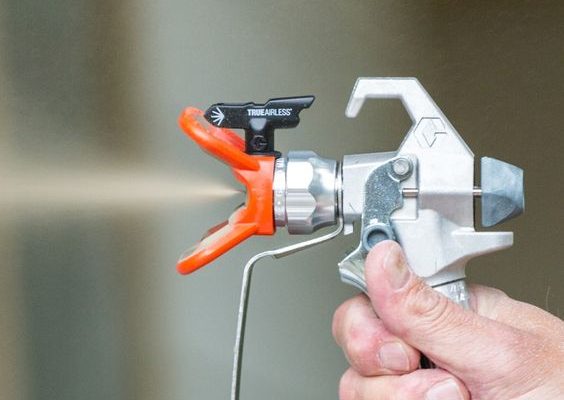How to Crack Your Shoulder: 8 Steps

Introduction:
Cracking your shoulder can be a quick and satisfying way to relieve tension, stiffness, or discomfort. It is essential, however, to do it safely and effectively to prevent any potential harm. Follow these eight steps to learn how to crack your shoulder safely and effectively.
Step 1: Identify your discomfort
Before attempting to crack your shoulder, identify the exact area where you feel tension or discomfort. Knowing the precise spot will help you target the right area for relief.
Step 2: Warm up
Warming up your muscles before any stretching or cracking is crucial in preventing injury. Perform gentle arm circles, outward and inward rotations of the shoulders, and upper body stretches for a few minutes.
Step 3: Choose a comfortable position
Find a seated or standing position that suits you best for cracking your shoulder. Ensure proper alignment of your back and neck by keeping them straight throughout the process.
Step 4: Relax your shoulder muscles
Take a deep breath and allow the muscles in your shoulder area to relax. This will make it easier for you to crack your shoulder by minimizing resistance from tense muscles.
Step 5: Repositioning technique
Place your non-affected hand on top of the affected shoulder, gently pressing down with just enough force to stabilize it. Slowly move your affected arm across your chest until you feel a crack or pop in the joint. Be cautious not to apply too much force.
Step 6: Rotational technique
Bring both hands behind your head with elbows pointing outwards. Slowly push one elbow up while simultaneously pulling down on the opposite elbow. As with the repositioning technique, continue until you feel a crack or pop in the joint.
Step 7: Shoulder roll technique
Allow your arms to hang loosely at your sides; then roll one shoulder forward as far as possible before rolling it backward slowly in a circular motion. Repeat this process several times until you achieve the desired crack.
Step 8: Assess your comfort level
After completing the cracking process, assess the level of relief you feel. If the discomfort persists despite cracking your shoulder, it may be wise to consult a healthcare professional to rule out any underlying issues.
Conclusion:
Cracking your shoulder can provide instant relief from tension and discomfort. Remember to approach the process with caution, using gentle stretching techniques and maintaining proper body alignment. However, if pain or discomfort continues to persist, seek advice from a medical professional as it may indicate an underlying issue that needs attention.






